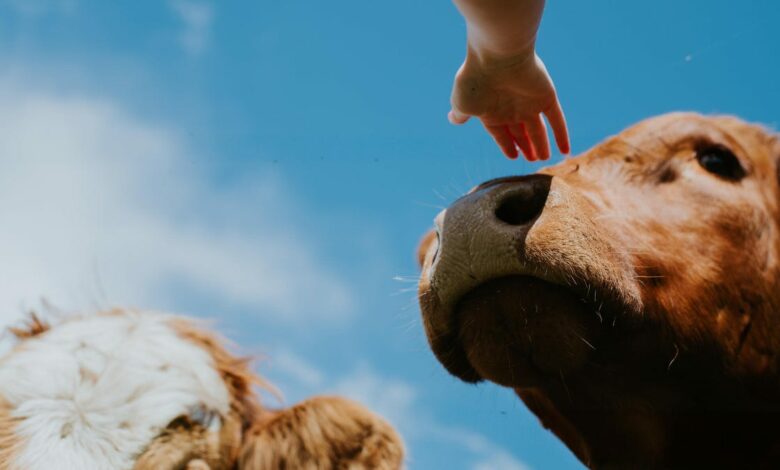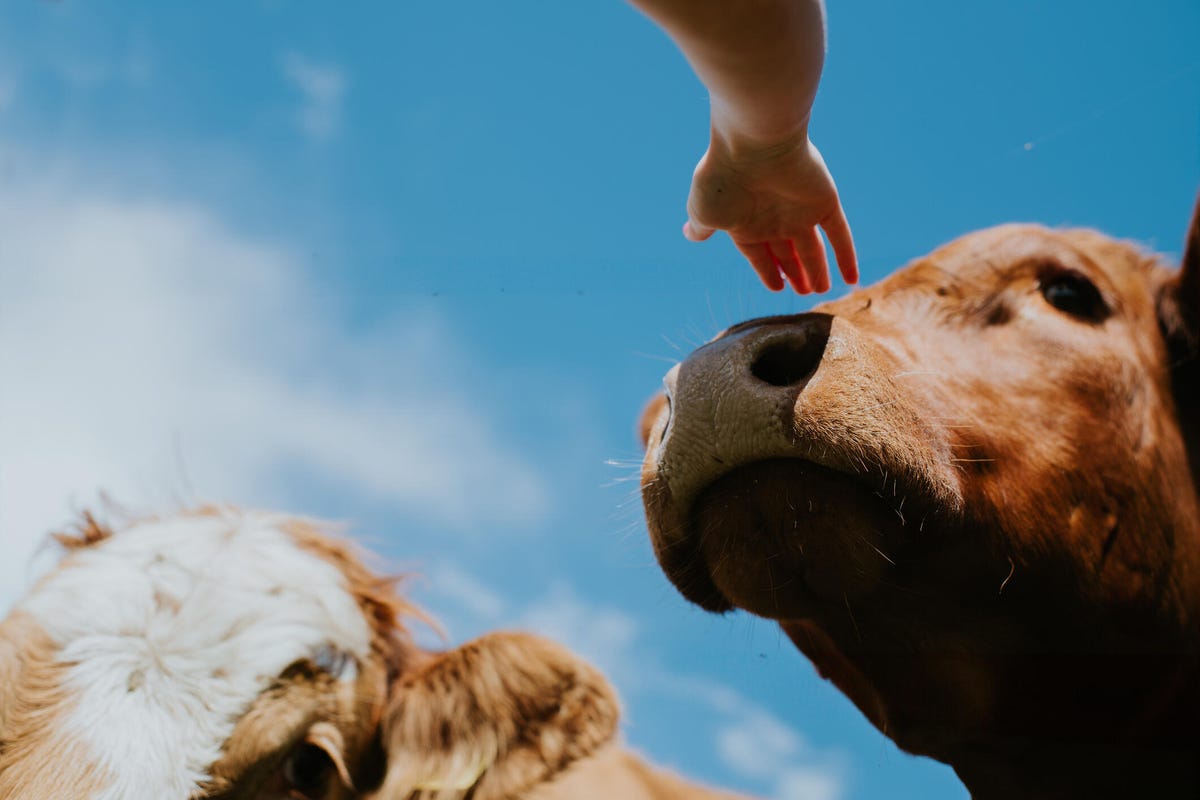Here’s what we know about bird flu in humans



Bird flu started by wreaking havoc on the poultry industry, but this year it has also spread to the U.S. cattle industry and has been affecting the dairy industry since the spring, blurring the line between animal-to-animal transmission and human contact.
This month a handful of new cases of bird flu were discovered in Colorado farm workers who had direct contact with sick birds. Although these were not the first human cases, the new cluster of cases raised concerns that the virus could one day spread from person to person and pose a greater threat to human health. It also drew attention to the way some people responsible for the treatment of affected birds in potentially dangerous ways and at risk to their health, NPR reported.
Importantly, the Centers for Disease Control and Prevention has maintained that the threat to the general public is low; in the U.S., all confirmed cases of bird flu since the outbreak began have been mild and confirmed in people with direct contact with animals — not in the general public. Still, health officials have taken steps to contain the spread of bird flu (specifically H5N1 or “avian flu”) by increasing their surveillance of the virus and preparing for the worst-case scenario. The U.S. Department of Health and Human Services announced in early July that the government Moderna to Provide $176 Million to develop an mRNA vaccine for influenza, which could be used if bird flu ever becomes a pandemic.
As long as animals and humans live, work, and interact, there is a risk that viruses will mutate enough to jump species. Fortunately, bird flu in humans has been rare so far, partly because the virus does not spread easily from animals to people or between people, although sporadic cases have occurred in other countries, including the U.S.
Here’s what you need to know about bird flu and how it manifests in humans.

Bird flu started as a poultry and bird problem in the US, but has spread to cows, which often have close contact with people and increases the risk that the virus will one day jump to humans.
What is bird flu?
In brief, bird flu, also called avian influenzais a type of influenza that spreads between some animals and is currently causing outbreaks in birds and livestock in the U.S. Scientists are closely monitoring it for mutations that could make it easier to spread between people, because while it cannot currently spread between people, it would pose a major threat to public health if it were able to do so.
More specifically, avian influenza is a disease caused by infection with influenza virus type A and is either “highly pathogenic” or “low pathogenic.” The current H5N1 outbreak strain is highly pathogenic.
Bird flu was first discovered and controlled in 1997, but resurrected in 2003 and began to spread widely among birds.
The World Health Organization reports four types of influenza viruses: A, B, C and D. Type A viruses, which are found in humans and several species of animals, pose the greatest threat to public health and can cause pandemics, according to the WHO. The “swine flu” of the 2009 pandemic was caused by a type A virus. Seasonal flu viruses in humans are caused by viruses of types A and B.

Avian flu has been ravaging the US poultry industry for several years now, leading to the the killing of millions of infected or potentially infected birds.
Is bird flu deadly? How many people have gotten it?
At least 11 cases have been reported, according to information last updated by the CDC on July 19 human cases of H5 (highly pathogenic) avian influenza in the US since 2022, when the outbreak in birds began in the US.
Human cases remain rare, but bird flu is considered a serious threat to public health due to its historically high mortality rate. about half of it of H5N1 bird flu in humans have led to deaths since tracking began, according to WHO information. No deaths from bird flu have been reported in the U.S.; people who tested positive for the virus had direct contact with sick animals and showed mild symptoms.
Can I get bird flu from milk, eggs or meat?
There are no reports of people contracting bird flu in the U.S. from drinking milk or eating meat from birds or cows. The commercial food supply, which is most of the food you would get in a regular grocery store, is regulated and meat from affected animals should not end up on store shelves.
Fragments of inactive bird flu virus have been found in pasteurized milk samples since the virus began spreading to cows. The high-temperature pasteurization process inactivates any virus or bacteria, including bird flu, that could make people sick. Infectious virus has been found in raw milk and the U.S. Food and Drug Administration is reiterating the general health risks of drinking raw milknot only for bird flu, but also for other pathogens often found in unpasteurized milk.
As for meat, Cooking ground meat is also expected to become inactive or kill the bird flu virus, according to the Department of Agriculture. The same goes for poultry; according to the CDC, cooking eggs and poultry to an internal temperature of 165 degrees Fahrenheit kills viruses, including bird flu.
According to infectious disease experts we’ve spoken to in the past, it can be difficult to catch the flu from food or drink, short of cooking your food thoroughly, because influenza (bird flu) is a respiratory virus.
If you work directly with animals or livestock, which also applies if you work on a farm or even visit a fair where there is cattlethe CDC has specific safety tips to reduce the risk of spreading.




